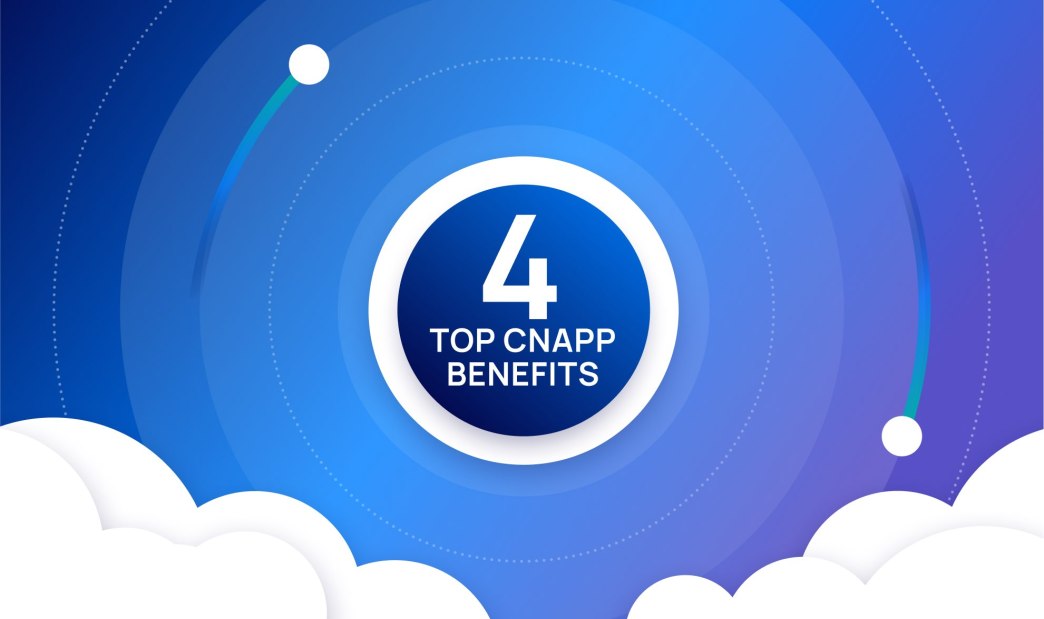This post was originally published on The New Stack.
Once upon a time, most people shopped for food by hoofing between a multitude of different shops – butchers, fish markets, bakeries, dry goods stores and so on. But then, in the early 20th century, supermarkets appeared and gave shoppers a much simpler, more efficient way of buying what they needed. A single trip to a single store bought the week’s groceries.
There is a similar story to be told about cloud native security tools. In the past, organizations secured their clouds by acquiring and deploying a multitude of different solutions. But today, efficient businesses increasingly turn to cloud native application protection platforms, or CNAPPs, to cover their cloud security needs.
We’re not saying that a CNAPP is the right solution for every business, just as we wouldn’t say there’s no point in operating an independent bakery in the age of ubiquitous supermarkets. But we do think that, on the whole, CNAPPs offer a variety of important advantages compared to disparate, siloed collections of cloud security tools. This article highlights those advantages and explains why the typical organization should opt for a CNAPP.
What Is a CNAPP?
Before discussing the benefits of a cloud native application protection platform, let’s define what CNAPP means.
A CNAPP is a holistic security solution that provides all the key features organizations need to secure cloud workloads across all life cycle stages. CNAPPs typically cover:
- CI/CD security management.
- Security testing and scanning of application binaries and container images.
- Managing risks associated with cloud service configuration.
- Managing cloud user identities and permissions.
- API security.
- Data security.
In addition to enabling these various types of security protections, CNAPPs also provide a central hub for monitoring, managing and remediating cloud security threats.
You don’t necessarily need a CNAPP to build out all of this functionality. You could go and obtain a host of different security tools – source code scanners, binary scanners, configuration auditors, monitoring software, incident response tooling and so on – and then deploy each tool separately. But with a CNAPP, you get all of this in a single solution.
Benefits of a CNAPP
There are many reasons why you might choose a CNAPP instead of building your own security toolset out of individual solutions.
Comprehensive Risk Coverage
With a CNAPP, you minimize the risk of forgetting to secure certain layers or facets of your workloads.
This is important because modern workloads include a wide range of components. A typical cloud native application hosting stack consists of containers, an orchestrator, various virtual machines and an underlying cloud infrastructure. Tying all of these components together are APIs as well as a set of user identities and permissions that govern which services can access which resources. With so many distinct components to manage, it can be easy to forget to secure a certain part of your stack, which leaves you prone to attacks.
A CNAPP, however, ensures across-the-board coverage. Whichever type of application you are deploying, and regardless of the application’s architecture or configuration, a CNAPP covers all of your bases.
Centralized Management
By packaging all security functionality into a single platform, a CNAPP offers a central location for managing security operations. Engineers don’t have to toggle between different tools or constantly switch contexts to monitor and respond to security risks. They can do it all through a central platform.
That saves time. It also eliminates the need to keep track of different tools and remember which ones to use for which tasks.
Risk Prioritization
Being able to manage security operations through a CNAPP also makes it easy to see all of your risks from one place and identify which ones require the most urgent attention. The CNAPP categorizes risks so that you can easily determine which ones are most severe and prioritize remediation accordingly.
That would be very difficult to do if you had to juggle between several different cloud security tools, each of which displayed different types of risks. You might be able to compare risks within the same category; in other words, you might be able to see all of your API security risks, for example, from one vantage point. But you wouldn’t be able to assess them alongside other risks, like application vulnerabilities and data security risks, then make an informed decision about which risks pose the greatest overall threat.
Future-Proof Security
Cloud architectures and deployment patterns are always evolving. So, by extension, are cloud security risks. The comprehensive nature of a CNAPP means that you are always prepared for whatever new challenges may arise in the future.
For example, you might currently operate a legacy app that doesn’t make heavy use of APIs. But in the future, you might refactor that app to run as microservices that make frequent API calls. This change would increase the importance of being able to handle API security risks alongside other security challenges. Since your CNAPP already has API security covered, you wouldn’t have to worry about adding another security tool before you could deploy the updated app.
Conclusion
On balance, there are scenarios where a CNAPP isn’t necessary. Organizations that don’t build any software themselves might find a CNAPP to be overkill, for instance. Or you might have an unusual workload, such as a legacy app hosted on a mainframe, that requires bespoke security tooling not covered by a CNAPP.
But in the vast majority of cases, a CNAPP is the simplest, most efficient and most cost-effective way to obtain the security features you need to secure any modern workload. It minimizes risks while maximizing your organization’s ability to get ahead of security threats, no matter what form they take.
Looking to expand your knowledge on CNAPPs? The 2023 Gartner Market Guide for Cloud-Native Application Protection Platforms (CNAPP) is a great resource that provides valuable insights into the benefits and trends of this emerging security solution. Additionally, Orca has written a guide based on the Gartner report that outlines five key takeaways for organizations to choose the best CNAPP solution for their specific needs.






